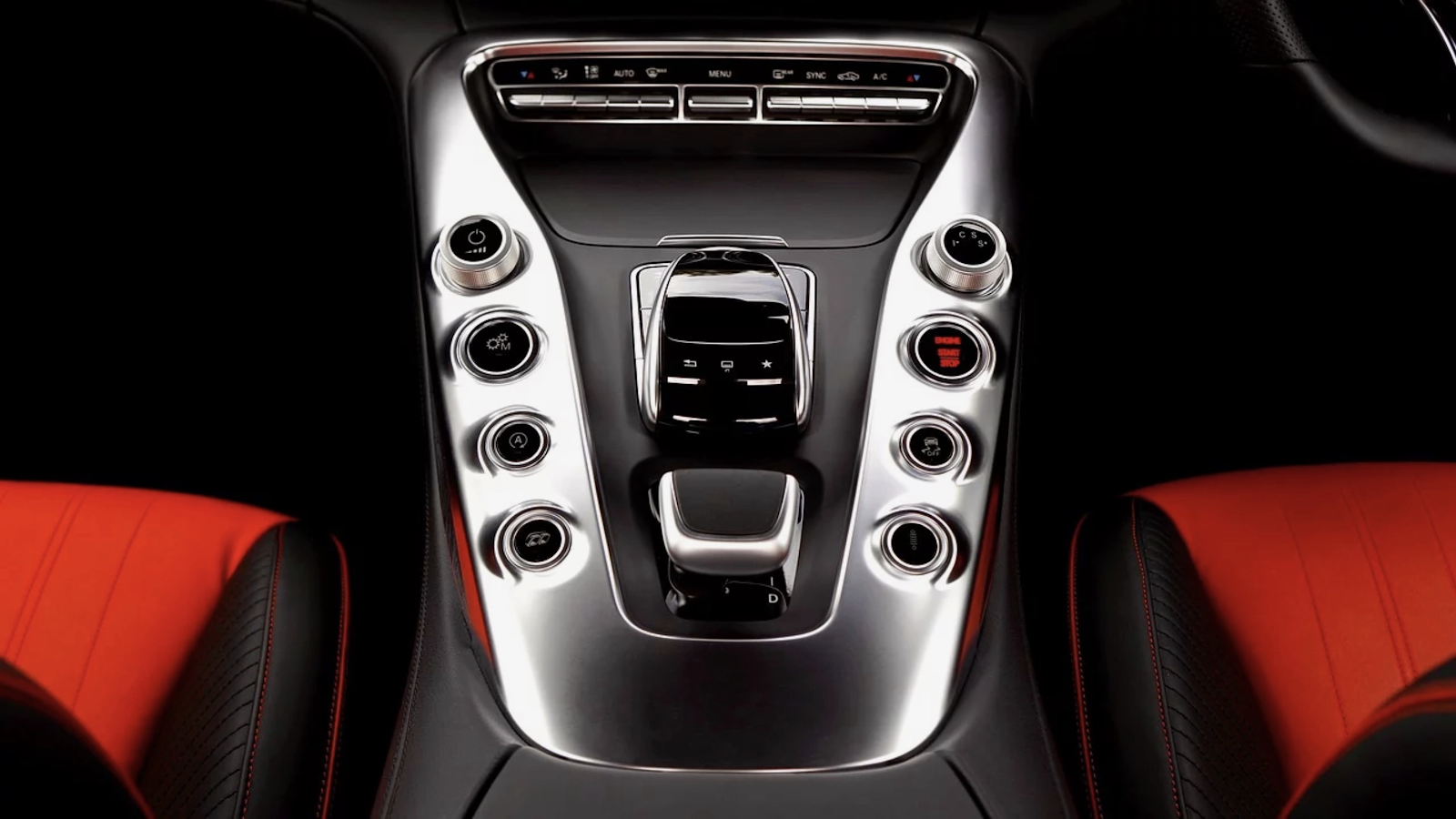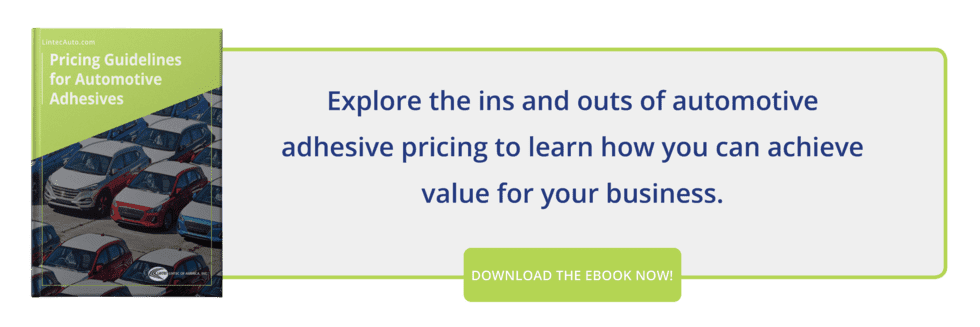8 Cabin Areas for Incredible Savings with Car Interior Film

Car interior films have both protective and decorative uses, while also simplifying the finishing process of difficult-to-paint components. Film solutions can offer your project an appealing range of finishes and a luxurious, custom look and feel without the typical expenses. Protective plastic film is also a cost-effective method for preserving the aesthetics and integrity of the vehicle.
Where Does Car Interior Film Excel?
You can realize the savings of paint replacement film, protective plastic film, and other automotive interior films in areas like these:
1. Trim and Moldings
Car interior films are excellent for differentiating interior car trim and molding elements from the surrounding substrates, without resorting to more costly steel, aluminum, or chrome trim (with its accompanying complication of the manufacturing process) or other unique materials. Decorative car interior films can imitate metals, wood grain, or provide color and texture to the design—without breaking the budget.
2. Emblems
Solid, 3D emblems can be attractive decorative elements, but in some places, they may create uncomfortable protrusions or potential for snags. Thick car interior film emblems, die-cut to shape, can give your project the same recognizable branding for less cost and a simpler assembly process. In the right places, they may even be more functional.
3. Blackout Areas
Treating the edges of windshield or side window glass is often far more trouble than a fast-adhering application of blackout film to tint or entirely block the transmission of light in undesired areas. Blackout tapes and films are extremely popular solutions in automotive manufacturing because they streamline the preparation of glass components for assembly.
4. Painted or Powder Coated Metal
Colored or textured metal elements in the car interior may require a far more involved manufacturing treatment than a straightforward covering with car interior film. In the right places, this can save you both line time and production budget.
5. Labels
Simplify the manufacturing process by using quality adhesive films in place of molding or painting symbols onto plastic parts. This reduces the complexity of molds and skips the hassle and equipment required for the painting process. Furthermore, high-grade car interior film labels won’t fade or rub off as easily as painted symbols.
6. Aesthetic Variation
It is far cheaper for production when many of the plastic elements common to modern cabins can all be made at once, from the same materials, in the same color polymer. Of course, this also means less variety or decorative flair in the cabin. But paint replacement films have found many uses both outside and inside the vehicle. Car interior films are the perfect, quick solution to change things up around the console, dash, or doors by mixing up colors and gloss or matte finishes—without changing the makeup of the substrates themselves.
7. Adhesive Bonds
Double-sided car interior film adhesives are a popular method for bonding trim, emblems, or other elements within the cabin. With a more consistent bond than mechanical fasteners and less curing time than liquid adhesives, they’ll simultaneously increase rigidity, reduce vibration noise, and accelerate the assembly. You can also use automotive film adhesives in place of heavier fasteners to reduce the weight of the vehicle.
8. Vulnerable Surface Protection
Another critical savings opportunity is in the prevention of production or shipping losses and in the value-add of more durable components. Temporary automotive interior protective film is commonly used to shield dash elements, electronic screens, mirrors, flooring materials, and other areas until they’re removed at a dealership or by the consumer. The new owner will appreciate the pristine condition of the materials, and your downstream supply chain partners will appreciate the reliability of your components.


